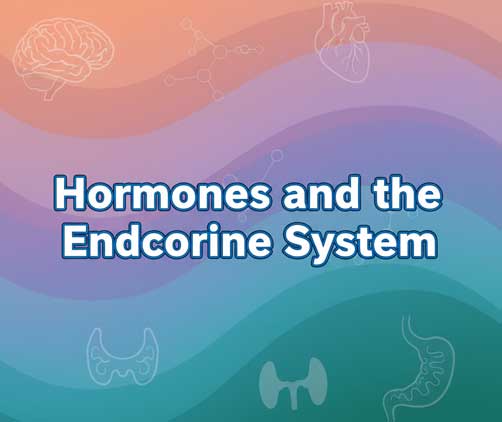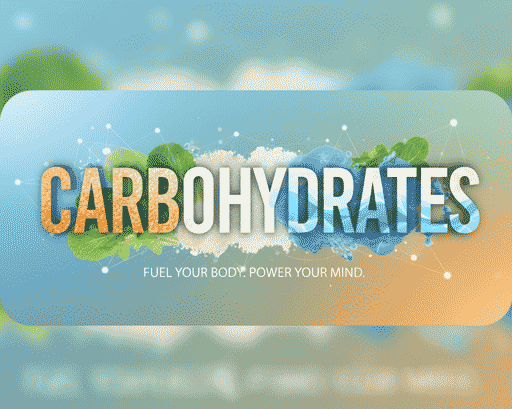Hormones and Coordination in the Human Body
Coordination between different parts of the human body is essential for proper functioning. This coordination is maintained by the nervous system and the endocrine system, together forming the body’s coordination system. The nervous system provides rapid coordination through nerve impulses, while the endocrine system uses chemical messengers called hormones to regulate functions over a longer period.
Endocrine glands release hormones directly into the bloodstream without ducts, so they are called ductless glands. These hormones regulate growth, development, and other physiological processes by maintaining appropriate concentrations in the blood. Hormones are chemically classified into three main types:
- Proteins or Peptides
- Steroids
- Amino Acid Derivatives
Major Endocrine Glands and Their Hormones
1. Pituitary Gland (Hypophysis)
Located below the brain, the pituitary gland has three lobes. The anterior lobe secretes tropins, which stimulate other endocrine glands. It produces Growth Hormone (Somatotropin), which regulates general body growth. Deficiency causes dwarfism in children, while excess causes gigantism in children and acromegaly in adults. The posterior lobe releases Oxytocin (stimulates uterine contraction during childbirth) and Antidiuretic Hormone (Vasopressin) (regulates water content and blood pressure). Lack of vasopressin causes diabetes insipidus.
2. Thyroid Gland
The largest endocrine gland, shaped like the letter ‘H’, secretes T3 and T4 hormones. These require iodine for their production and regulate metabolism.
3. Parathyroid Glands
Four small glands located near the thyroid produce Parathormone, which increases calcium levels in the blood. Deficiency causes tetany, while excess leads to osteitis fibrosa cystica.
4. Pancreas (Islets of Langerhans)
A mixed gland, with alpha cells producing Glucagon (increases blood sugar) and beta cells producing Insulin (lowers blood sugar). Their balance regulates glucose levels. Insulin deficiency causes Type 1 Diabetes Mellitus; improper insulin action leads to Type 2 Diabetes Mellitus.
5. Adrenal Glands
Located atop each kidney, the adrenal gland has an inner medulla and outer cortex.
- Medulla secretes Adrenaline and Noradrenaline, known as emergency hormones that prepare the body for fight-or-flight responses.
- Cortex secretes corticosteroids like Cortisol (controls stress response) and Aldosterone (regulates salt balance). Excess cortisol causes Cushing’s syndrome.
6. Male Gonads (Testes)
Testes contain Leydig cells that secrete Androgens, mainly Testosterone, responsible for male secondary sexual characteristics such as facial hair, deeper voice, and body hair. Failure of testes to descend at birth is called cryptorchidism.
7. Female Gonads (Ovaries)
Ovaries secrete Estrogens (mainly β-estradiol), which regulate menstrual cycles, breast development, and female secondary sexual traits. The rupture of Graafian follicles releases eggs into the fallopian tubes. The ruptured follicle transforms into a temporary endocrine structure, the Corpus Luteum, which secretes Progesterone to maintain pregnancy if fertilization occurs.
8. Thymus Gland
Present until puberty, then degenerates, the thymus secretes Thymosin, which plays a key role in the development of T-lymphocytes, essential for immune function.







